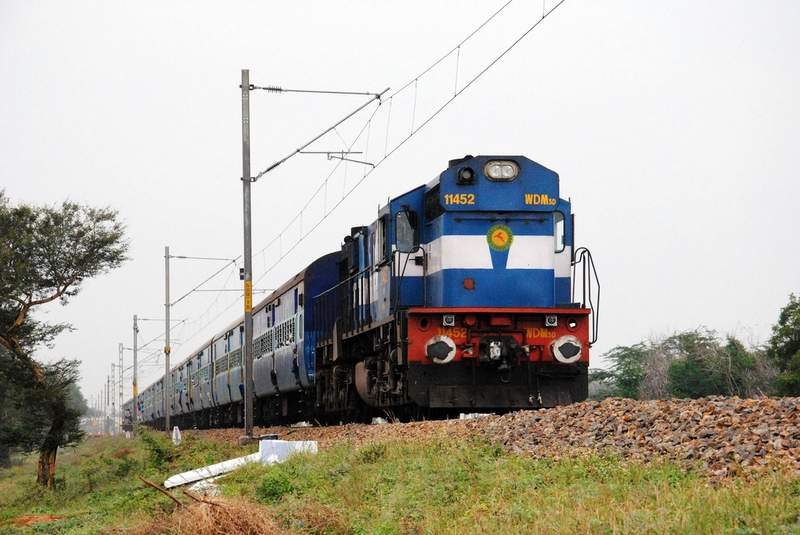
The Government of India has approved a Rs59.51bn ($820m) railway electrified line project in the state of Chhattisgarh.
Approved by the Cabinet Committee on Economic Affairs, the project involves building railway connectivity on a 294.53km route from Katghora to Dongargarh.

Discover B2B Marketing That Performs
Combine business intelligence and editorial excellence to reach engaged professionals across 36 leading media platforms.
Once completed, it will benefit several regions in Chhattisgarh such as Korba, Bilaspur, Mungeli, Rajnandgaon and Kabirdham.
With the potential increase in coal mining in the state, the line will support coal freight transportation and reduce congestion on the existing Jharsuguda-Nagpur route, which had more than 135% average utilisation as on 2014-2015.
It is also expected to support industrial development of the region by offering a faster-dedicated route to the westbound traffic of South East Central Railway (SECR).
The new electrified line will be developed by a Project SPV called Chhattisgarh Katghora-Dongarhgarh Railway.

US Tariffs are shifting - will you react or anticipate?
Don’t let policy changes catch you off guard. Stay proactive with real-time data and expert analysis.
By GlobalDataIt involves the equal participation of the central government’s Ministry of Railways and the state government through Chhattisgarh Railway (CRCL) and private stakeholders.
Last week, the Cabinet Committee on Economic Affairs approved the construction of a new electrified line between Budni to Indore (Mangaliyagaon).
The 205km-long project is estimated to cost Rs32.52bn ($448m).
The project will reduce the journey time from Indore to Jabalpur, as well as from Indore to Mumbai by reducing the existing route distance by 68km through Bhopal.
It will also decrease journey times to the southern part of the country and provide improved regional transportation facilities to the industries and commuters.
During the construction period, ten new crossing stations and seven new halt stations will be developed along the route.





